When James “Jim” Whitaker was a boy in the 1950s, the smell of bread baking in his mother’s kitchen was as familiar as the sound of the morning rooster on his family’s small farm in Indiana. “You didn’t need an alarm clock,” Jim, now 78, says with a chuckle. “The smell of yeast rising and
When James “Jim” Whitaker was a boy in the 1950s, the smell of bread baking in his mother’s kitchen was as familiar as the sound of the morning rooster on his family’s small farm in Indiana. “You didn’t need an alarm clock,” Jim, now 78, says with a chuckle. “The smell of yeast rising and the oven warming up told you everything you needed to know it was breakfast time.” For Jim’s family, bread wasn’t just food. It was a ritual, an anchor, and sometimes, in leaner years, it was survival itself.
Bread has always carried deep symbolism in American households. It is called the “staff of life” for good reason. Before supermarkets lined their shelves with plastic-wrapped loaves, breadmaking was an everyday necessity. Mothers and grandmothers rose early to mix flour, water, yeast, and salt, kneading the dough until it was smooth and alive under their hands. The process wasn’t quick, but it rewarded patience with nourishment and warmth. In an era when families often lived off the land, bread was more than a meal it was proof of care and effort.
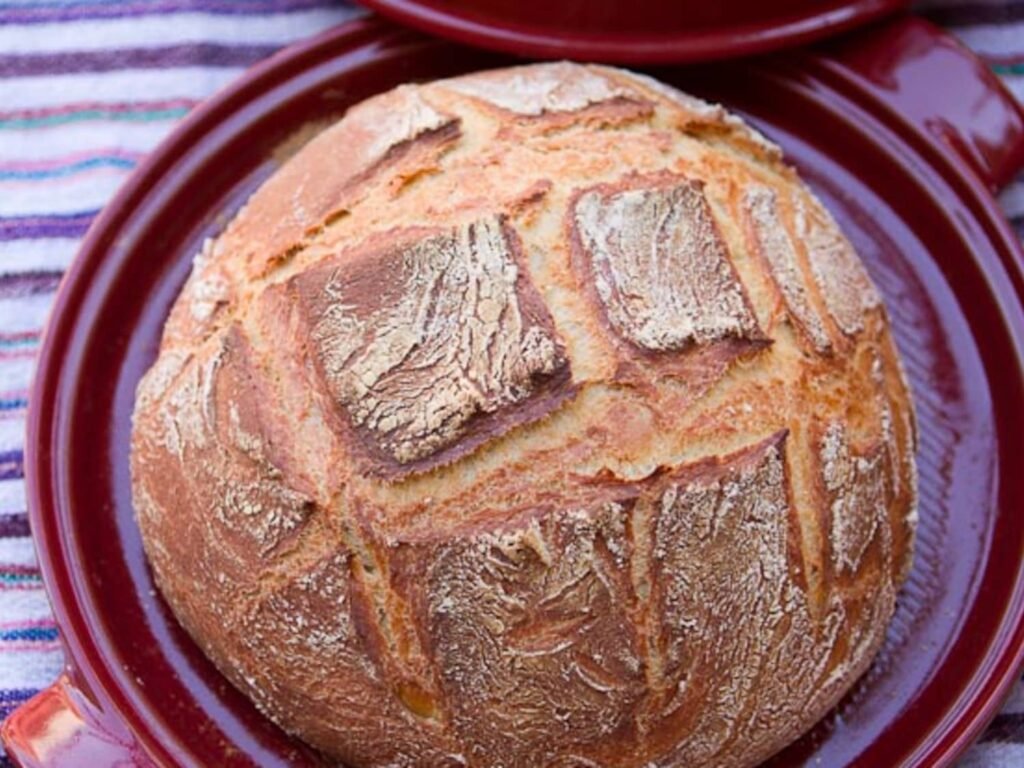
A Slice of American History
Breadmaking in the United States has a long and rich history. Pioneer families crossing the Great Plains in covered wagons carried sourdough starters with them, guarding them like family heirlooms. In small towns, community bakeries sometimes doubled as gathering places, while in rural homes, cast iron stoves and Dutch ovens turned out loaves that filled cabins with warmth.
During the Great Depression, bread was often stretched to feed large families, sometimes made from cornmeal or mixed flours when wheat was scarce. During World War II, rationing made homemade bread even more vital. In many ways, a loaf of bread represented resilience a way of making the most of what was available.
Jim recalls how his mother would carefully save scraps of flour during those lean years. “She could turn next to nothing into something that fed six hungry kids,” he says. “And when you tore off that first piece of bread, steaming and soft, you forgot about being poor for a little while.”

The Return of Breadmaking
Fast-forward to today, and homemade bread is making a comeback. When the COVID-19 pandemic shut down daily routines, Americans rediscovered the joy of baking, with sourdough starters rising on kitchen counters across the country. Social media filled with pictures of golden loaves, rustic crusts, and experiments in whole wheat, rye, and seeded breads. But beyond the trend, many found what earlier generations already knew that baking bread is as nourishing for the soul as it is for the body.
How to Begin the Journey
For those who want to reconnect with this timeless tradition, starting is easier than it looks. Here’s the beauty: bread requires only a handful of ingredients, yet it offers infinite variations.
- Choose Your Bread – Start simple. A rustic country loaf or classic white sandwich bread is beginner-friendly. For a challenge, sourdough will teach patience and skill.
- Gather Ingredients – Flour, yeast, water, and salt. That’s all you need. For sourdough, you’ll need a starter, which can be created from just flour and water.
- Embrace the Knead – Kneading is where the magic happens. It builds gluten, strengthens the dough, and connects you physically to the process.
- Let Time Do the Work – Bread rises best when you allow it to rest. Slow fermentation creates depth of flavor and texture.
- Bake with Care – The moment the oven opens and that first wave of aroma hits, you’ll understand why generations treasured this craft.
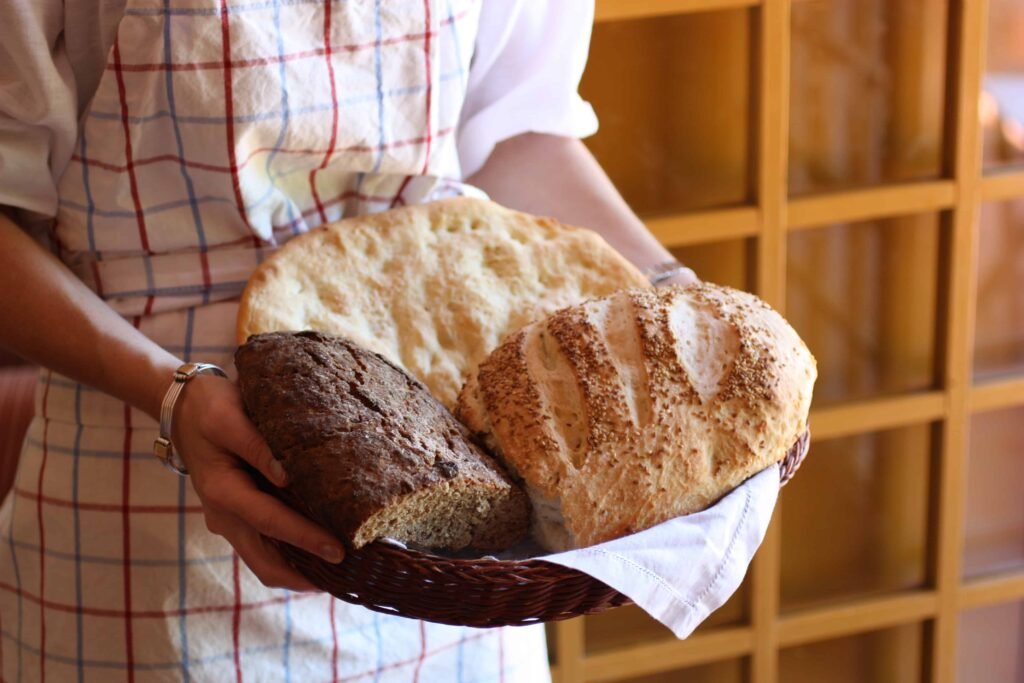
Why Bread Still Matters
In today’s fast-paced, convenience-driven world, breadmaking feels like rebellion. It slows you down, asks you to be patient, and rewards you with something tangible and nourishing. A loaf of bread made at home is more than food it’s an expression of love, history, and care. Jim still bakes bread every Sunday. His grandchildren gather in the kitchen, sometimes impatient, sometimes messy with flour, but always eager to taste the finished product. “I tell them, this isn’t just bread,” he says. “This is a piece of your history, just like it was mine.” And perhaps that’s the true power of homemade bread: it ties us back to where we came from, feeds us in the present, and reminds us that the simplest things in life are often the most meaningful.


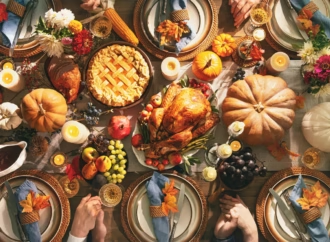
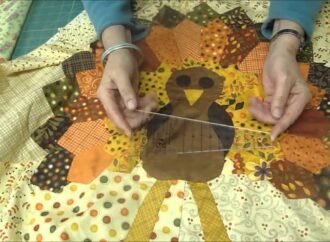
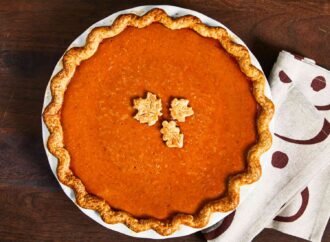
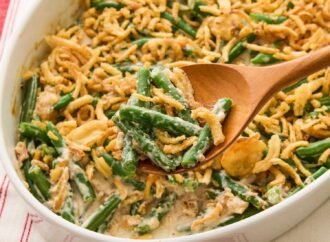

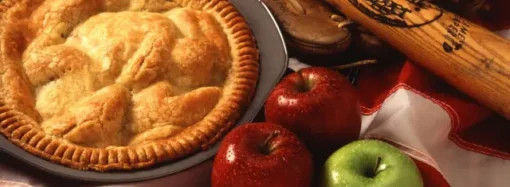









Leave a Comment
Your email address will not be published. Required fields are marked with *